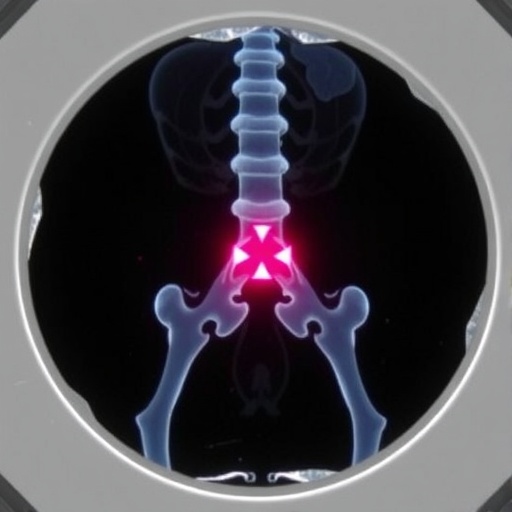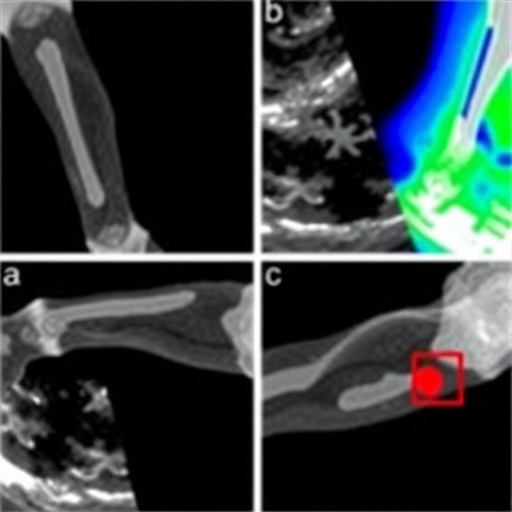In the relentless quest to conquer cancer at its molecular core, innovative gene therapies are reshaping the therapeutic landscape by directly targeting the genetic aberrations that fuel malignancy. Unlike conventional approaches such as surgery, chemotherapy, and radiation, which often inflict systemic toxicity and variable efficacy, RNA-based therapeutics offer unparalleled specificity by modulating gene expression pathways critical to tumor progression. Among these, microRNA sponges and short-hairpin RNAs (shRNAs) have emerged as potent tools capable of reprogramming oncogenic networks. Nonetheless, the clinical translation of these promising molecules remains hindered by profound delivery challenges that include instability in the bloodstream, inefficient tumor uptake, and adverse off-target effects. Addressing these limitations demands a delivery system that combines the potent transduction capabilities of viral vectors with the customizable safety profiles of synthetic nanocarriers.
Viral vectors have traditionally dominated gene delivery due to their high transfection efficiency and robust gene expression. Adenoviruses, retroviruses, adeno-associated viruses (AAVs), bacteriophages, and oncolytic viruses have all demonstrated powerful tumor-targeting potential. Yet, these systems are plagued by immunogenicity risks, insertional mutagenesis, and restricted dosing schedules, significantly curtailing their therapeutic index. Conversely, non-viral carriers such as liposomes, nanoparticles, exosomes, hydrogels, and dendrimers offer superior biocompatibility and manufacturing scalability but generally suffer from poor cellular uptake and inefficient endosomal escape. This dichotomy has inspired the development of hybrid platforms that seek to harness the best of both worlds for optimal gene delivery.
Enter the Vir-inspired Biotechnical Vector (VIBV), a conceptual breakthrough in RNA therapeutic delivery that ingeniously fuses viral mimicry with cutting-edge nanotechnology. This sophisticated hybrid system leverages a polyethylene glycolylated liposomal outer layer designed for immune stealth and prolonged systemic circulation. Encased within is a spindle-shaped nanomotor architectured to emulate the propulsion and navigation strategies of bacterial flagella, furnishing enhanced tumor penetration and directional motion in the complex biological milieu. The VIBV’s internal matrix compartmentalizes four distinct RNA cargo types, enabling temporally controlled and multifunctional interventions against cancer.
Central to this innovative platform are two RNA modalities: microRNA sponges and short-hairpin RNAs. MicroRNA sponges consist of synthetic sequences engineered to sequester oncogenic microRNAs—such as miR-21 and miR-155—thus preventing the repression of tumor suppressor genes. This sequestration effectively liberates critical antitumor pathways suppressed in malignant contexts. Complementing these are shRNAs, which mimic endogenous precursor microRNAs, engaging the cellular RNA interference machinery to degrade messenger RNAs coding for pivotal oncogenes like MYC and VEGF. Such dual RNA therapeutics synergistically dismantle tumorigenic signaling, yet their efficacy is contingent upon a delivery vehicle capable of precise tumor localization and sequential cargo release.
The VIBV addresses these stringent requisites through its stimuli-responsive design, tactically engineered to exploit hallmark tumor microenvironment characteristics: acidic pH, hypoxia, and elevated glutathione concentrations. These biochemical cues instigate the selective activation and membrane fusion of the vector within the tumor milieu, minimizing collateral damage to healthy tissues. Following internalization, the VIBV’s nanomotor tail confers motility analogous to spermatozoa, facilitating active navigation through extracellular matrices and enhancing intracellular delivery efficiency. This biomimetic propulsion augments the vector’s ability to traverse physical barriers that traditionally impede nanoparticle distribution in solid tumors.
Sequential delivery of genetic cargo is a hallmark of the VIBV’s operational paradigm. Initially, miRNA sponges are released to neutralize oncogenic microRNAs and reset aberrant genetic regulation. Subsequently, shRNAs silence oncogene transcripts, reinforcing the genetic insult. The third wave introduces tumor-specific antigen messenger RNAs, which encode proteins that prime cytotoxic T lymphocyte responses, thereby combining gene silencing with immunotherapeutic activation. Finally, cyclin-inhibitory RNAs are delivered to halt malignant cell proliferation by arresting key cell cycle checkpoints. This multiplexed approach achieves a concerted and layered assault on cancer through genetic reprogramming and immune modulation.
Preclinical investigations underscore the transformative promise of RNA therapies delivered via hybrid platforms. Studies targeting KIF23 with shRNAs in hepatocellular carcinoma models, microRNA replacement therapy in pancreatic ductal adenocarcinoma, and circRNA inhibition protocols in colorectal and lung cancers have yielded demonstrable tumor regression and survival benefits. Virus-like particles and nanomotor-enabled carriers have reinforced these findings by improving biodistribution profiles and mitigating immune detection. Though the VIBV itself remains theoretical at this stage, it encapsulates the cumulative advances in RNA delivery science, positioning it as a potential game-changer in oncologic precision medicine.
Nonetheless, significant translational hurdles remain. The intricate architecture of VIBV poses challenges for scalable manufacturing, quality control, and reproducibility. Regulatory frameworks will need to adapt to encompass the multifaceted nature of such hybrid biological-synthetic systems. Moreover, comprehensive toxicological assessments and long-term safety evaluations in diverse animal models are essential precursors to human clinical trials. Addressing these issues will require collaborative efforts spanning bioengineering, molecular biology, pharmacology, and clinical sciences.
The integration of viral vector mechanics with tailor-made nanotechnology embodied by VIBV heralds a new frontier in personalized cancer therapy. By circumventing the traditional pitfalls of delivery inefficiency and off-target toxicity, this platform aspires to facilitate tumor-responsive, multi-cargo RNA delivery with exceptional precision. Such innovation not only holds promise for augmenting the therapeutic index of RNA-based interventions but also sets the stage for next-generation approaches that integrate immunotherapy, gene silencing, and cell cycle regulation within a unified vector.
In conclusion, this pioneering conceptualization of the Vir-inspired Biotechnical Vector encapsulates an elegant synthesis of biomimicry, synthetic chemistry, and RNA biology. While experimental validation and clinical translation remain on the horizon, VIBV represents a paradigm shift toward safer, more effective, and personalized RNA therapeutics for cancer. Its ability to navigate complex tumor microenvironments, deliver multifaceted genetic payloads sequentially, and evoke both genetic and immune-mediated antitumor responses exemplifies the futuristic direction of gene therapy innovation.
The future of oncologic RNA therapeutics hinges upon overcoming delivery barriers, and VIBV’s hybrid approach exemplifies how biotechnological ingenuity can surmount these obstacles. Its programmable, stimuli-responsive, motile design may pave the way for broader applications beyond oncology, encompassing a spectrum of genetic diseases where precision and safety are paramount. Continued interdisciplinary research will be crucial to harness the full potential of this vector, ultimately translating cutting-edge science into clinical breakthroughs.
Subject of Research: RNA-based gene therapy delivery systems for targeted cancer treatment.
Article Title: Targeted Delivery of MicroRNA Sponge Short-hairpin RNA via Vir-inspired Biotechnical Vector: Enhancing Cancer Therapy
News Publication Date: 28-Aug-2025
Web References:
https://mediasvc.eurekalert.org/Api/v1/Multimedia/c0ab9a77-1bfa-4774-99b2-0bd3aae5ed99/Rendition/low-res/Content/Public
https://www.xiahepublishing.com/journal/ge
http://dx.doi.org/10.14218/GE.2025.00042
Image Credits: Ehsan Nazemalhosseini-Mojarad, Zahra Salehi
Keywords: Gene therapy, Targeted drug delivery, Cancer treatments, Nanotechnology, Personalized medicine, Short hairpin RNA
Tags: adenoviruses in cancer treatmentbiocompatible nanocarriers for gene deliverycancer therapy innovationsimproving transfection efficiency in gene therapymicroRNA sponge technologynon-viral carriers in oncologyovercoming delivery challenges in RNA therapeuticsRNA-based therapeutics specificityshort-hairpin RNA in cancer therapytargeted gene delivery systemstumor-targeting delivery mechanismsviral vectors for gene therapy





